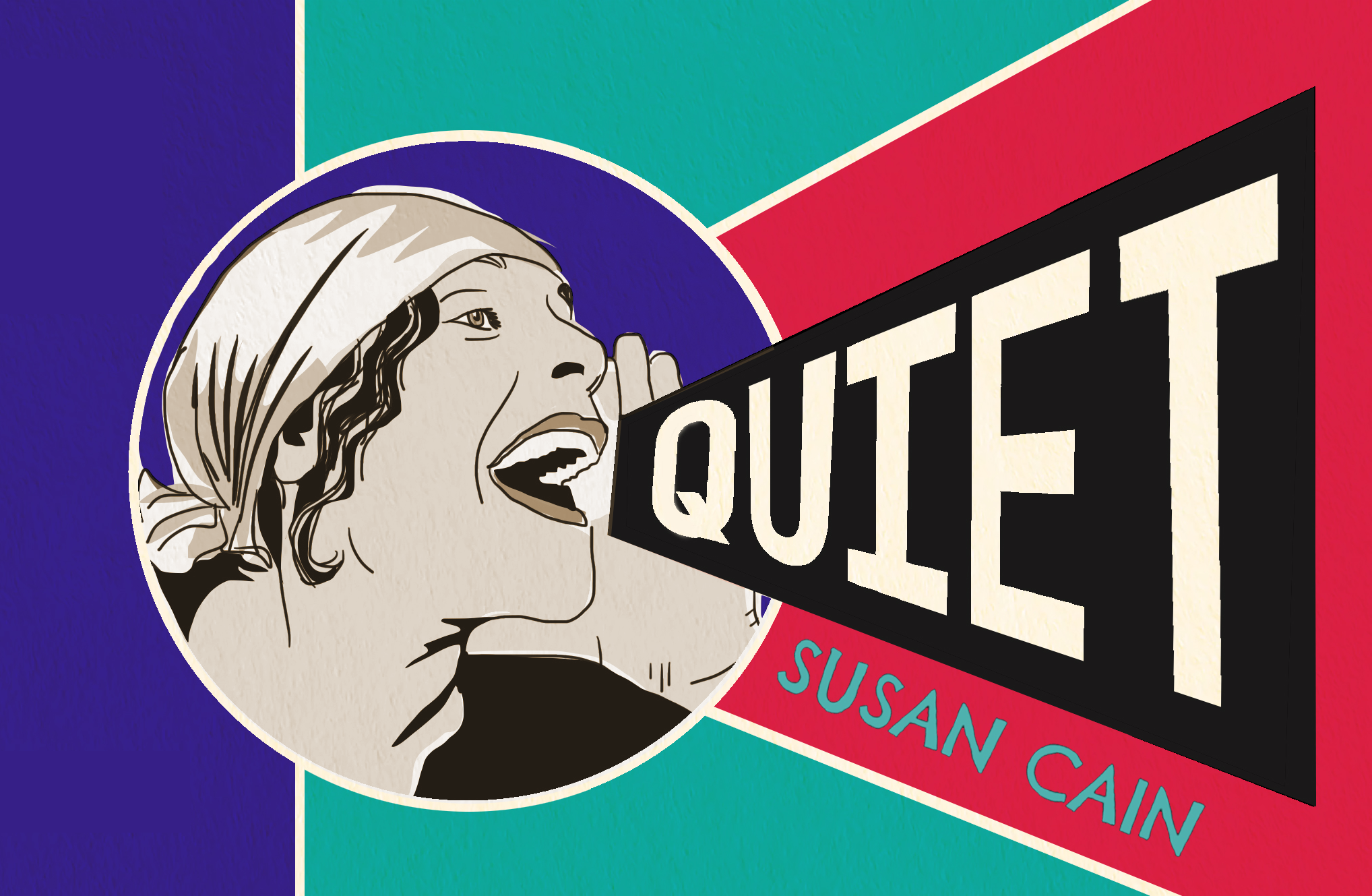A quiet approach to creativity
By Kate DowlerAs an introvert, I've spent much of my life feeling pressure to be more extrovert. Susan Cain's refreshing book Quiet has given me a new perspective of the power of introverts in creative collaboration.
I’ve spent much of my life feeling pressure to be more extrovert. My earliest memory is aged 5 at school assembly, introducing my soft toy, Tiger, to the rest of the school. I remember the teachers at the side straining to hear what I was saying and me feeling overwhelmed by the whole experience.
As a young professional, I felt that I needed to be more extrovert, more gregarious, more forceful and assertive in meetings. This is the central problem that Susan Cain tackles in her book Quiet. She describes the rise of the ‘extrovert ideal’ in Western culture, a shift that started in the early Twentieth century as a result of urbanization and the growth of big business. Making a good first impression, being bold and engaging were seen as necessary traits to succeed in a world where people were increasingly interacting with and trying to influence strangers.
In recent years, I’ve discovered for myself the power of reflection, of listening, of having something meaningful to say and not needing to shout to get the point across. However, this book is the first time I’ve come across a coherent and substantial argument promoting the power of introverts, and what they can bring to society and workplaces. In particular their ability to listen and understand, to focus on the detail and nuances of a challenge, and to encourage and lead diverse teams. It’s an important and relevant message, since at least one third of us are thought to on the introverted side of the introvert-extrovert spectrum.
I’ve chosen to pick out three key points from Quiet that I found particularly interesting and reflect on what they mean for collaborative creativity.
Room to Think
Cain describes how introversion vs. extroversion can be described as preferences for certain levels of stimulation. Introverts are more ‘reactive’ or sensitive to sensory stimulation, so for example may find loud music, or large groups of people more distracting or tiring than extroverts who find the experience energizing.
I can definitely relate to this. Whilst I love creative workshops and group work, a day of high-octane collaboration can leave me feeling drained (whereas my colleague James is super-energized and looking forward to taking the project team out for drinks!)
It makes me think of an alternative format for creative sessions, one that is based on the principles of free flow. My daughter goes to a Montessori nursery which uses this principle. There are 4 rooms and the children are free to flow, or move between the rooms as they like, depending on their preferences, what they are interested in and how they like to work (with a few ground rules!).
What if we used a free flow structure to get the best out of participants in a creative session, with people choosing where to spend their time depending on their energy levels and how they think they can contribute most effectively? For example, a reflective space for individual thought, an immersive room with hands-on exercises, a rapid-fire ideation room and a challenge room where debate and creative conflict is encouraged.
Listen, Speak
Cain covers a lot about group working, and how to get the most out of introverts in a group discussion situation, where they may be more likely to be reflecting and listening than actively contributing.
There’s also an interesting chapter on tone of voice and conflict, which describes how the “arguing” styles and preferences of introverts and extroverts are different, which can make it difficult to generate healthy debate or challenge in a group setting. Introverts may be more likely to lower their voice, flatten emotion and delivery when putting a point of view across to avoid conflict and aggression, but this may come across as not caring, distant or detached. On the other hand, extroverts may raise their voice and get more physically active as they get more engaged in the debate.
These dynamics are really important to consider in the creative process, especially when designing group exercises. In my experience, building reflection into creative group exercises can be very powerful - for example we often set up a ‘reflective circle’ whose job it is to listen and think about what the rest of the group are discussing, and then share their thoughts and ideas afterwards to build on the conversation.
Individuals Together
There is a whole chapter in Quiet dedicated to the topic of collaboration and creativity which discusses whether working in groups is the best way to get to great ideas. Cain challenges the rise of New Groupthink, which elevates teamwork above everything else at the expense of solitude and independent working (for more on this, read Peter Fullagar’s great article on this subject “Is the Workshop Dead?”)
I believe there is an important role for both group and individual work, the challenge being to design a creative process that helps people be creative in both situations, playing to their strengths and individual preferences. It’s something we consider carefully at the start of every project – often incorporating digital collaboration tools which can form an effective bridge between solo and group creative work.
It’s also worth taking the time to work out when and how we are most creative as individuals. There’s a tendency in the innovation and design industry to focus too much on the creative process and the exercises that are used, and not the individual team members who are involved in the process. Personally, my best ideas usually come just before I fall asleep, once I’ve had a chance to reflect on the day’s events (apparently this was a technique used by Einstein, so that’s encouraging!).
What are your thoughts outside the book?
What’s your experience of being an introvert or working with introverts? What impact do you think introversion plays in creativity? I’d love to hear your reflections.










